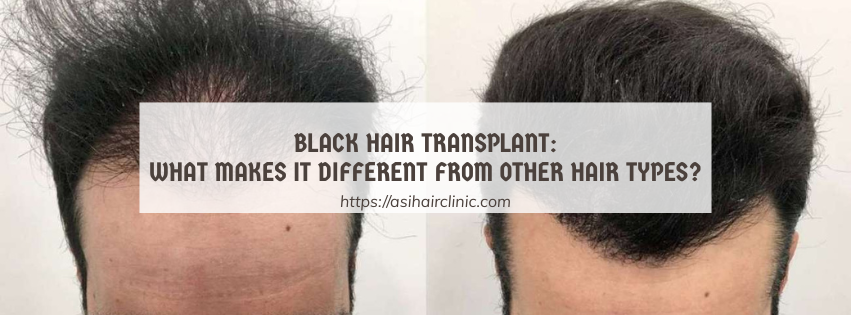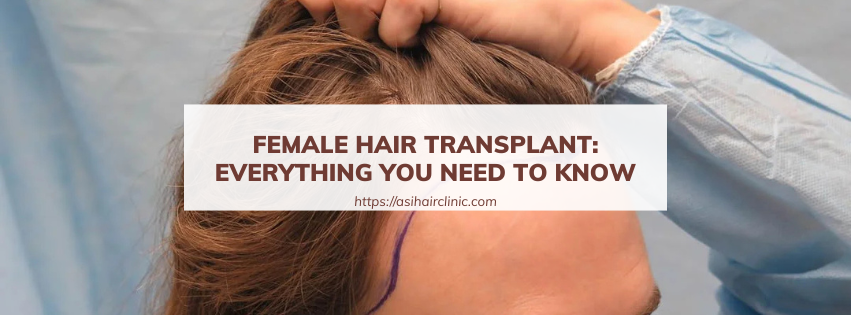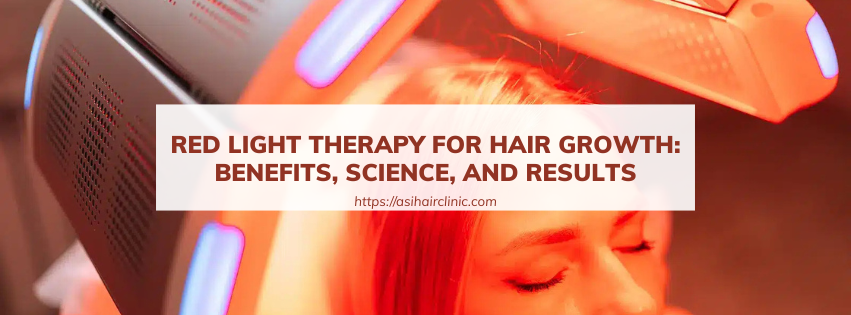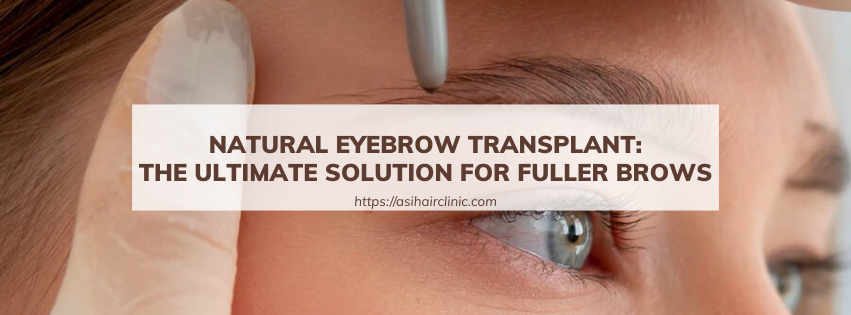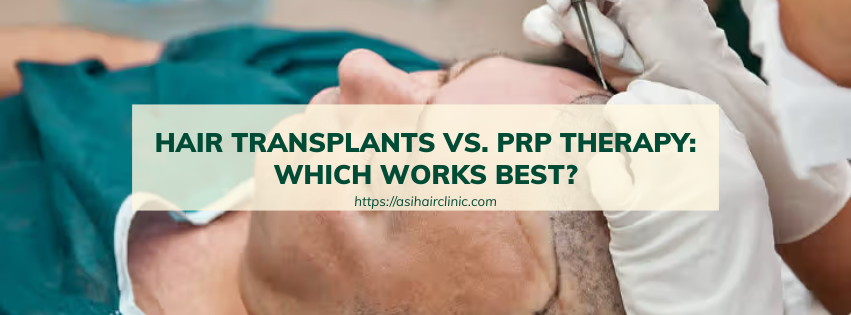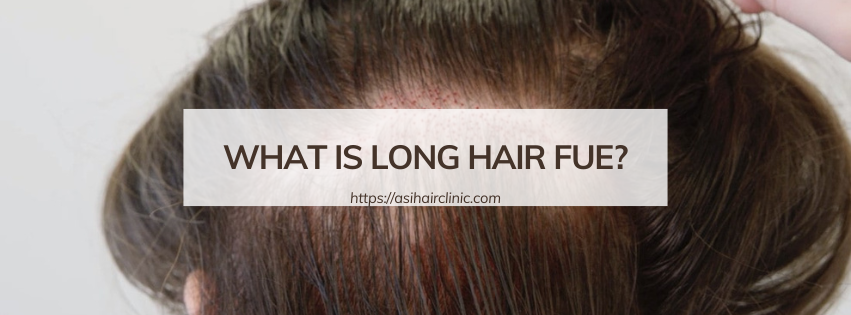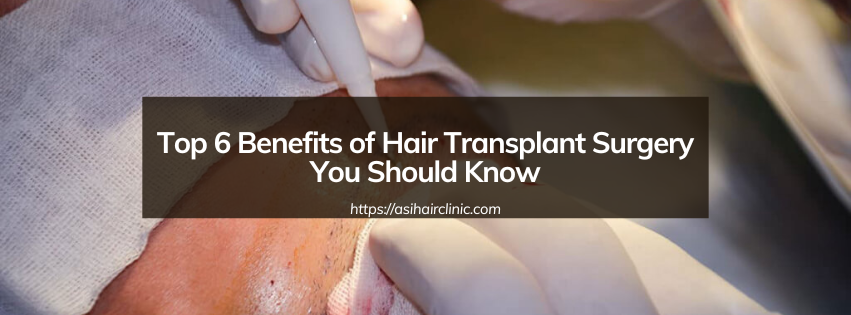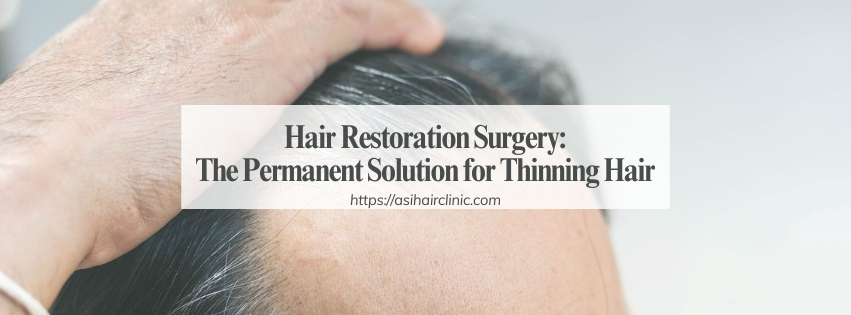Is A Hair Transplant Permanent? The Truth About Long-Term Results
Hair loss is a common problem that affects millions of people around the world. While there are many treatments available, hair transplant surgery is one of the most effective and long-lasting solutions. But is a hair transplant truly permanent? While it's often touted as a permanent solution, the reality is a bit more nuanced. Understanding the long-term implications of hair transplant surgery is crucial for making an informed decision about your treatment. This article will delve into the complexities of hair transplant permanence, examining the factors that affect long-term results, addressing common concerns, and exploring alternative approaches to hair loss management.
1. Understanding the Mechanics of Hair Transplant
1.1. What is a Hair Transplant?
Hair transplant surgery involves transplanting healthy hair follicles from a donor area, typically the back of the head, to the recipient area where hair loss is occurring. This donor area is often called the "safe zone" because the hair follicles in this region are resistant to the effects of male pattern baldness (androgenetic alopecia).
During the procedure, the surgeon meticulously extracts hair follicles from the donor area, creating tiny grafts containing one to four hair follicles. These grafts are then carefully implanted into precisely positioned incisions within the recipient area. The goal is to create a natural-looking hairline and fill in thinning or balding areas with hair that matches the patient's existing hair.
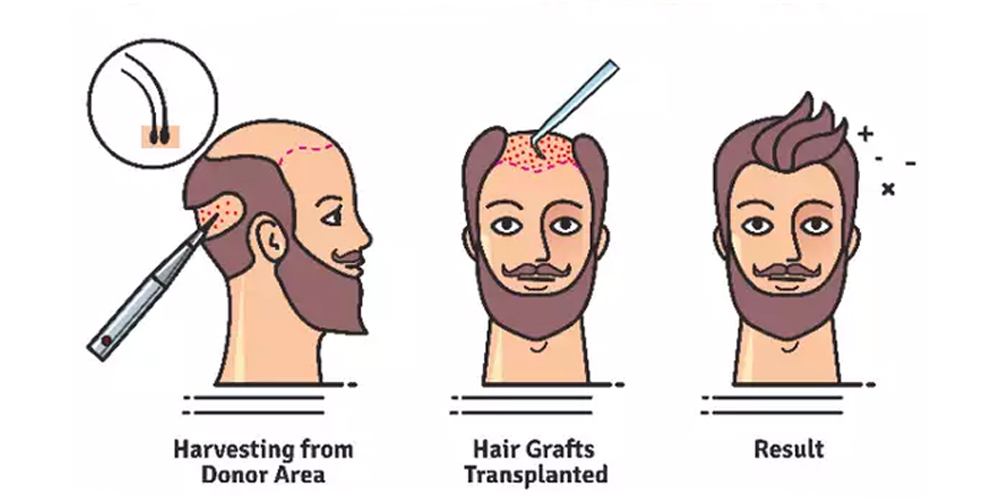
1.2. Types of Hair Transplant Techniques
There are primarily two techniques used in hair transplant surgeries: Follicular Unit Extraction (FUE) and Follicular Unit Transplantation (FUT).
Follicular Unit Extraction (FUE)
FUE is a minimally invasive technique where individual hair follicles are extracted directly from the donor area using a specialized punch tool. This method leaves tiny, dot-like scars that are less noticeable than the linear scar left by FUT. FUE is generally preferred by patients who want shorter hairstyles since it allows for greater flexibility in styling.
Follicular Unit Transplantation (FUT)
FUT, also known as strip harvesting, involves removing a strip of skin from the donor area, which contains multiple hair follicles. The strip is then dissected into individual follicular units before being transplanted into the recipient area. While this method can yield a higher number of grafts in a single session, it leaves a linear scar that may be visible if the hair is cut very short.
1.3. How Hair Growth Works Post-Transplant
After a hair transplant, the newly implanted hair follicles go through several phases of growth. Initially, there may be a shedding phase where the transplanted hairs fall out. This is normal and usually occurs within the first few weeks after the procedure. Following this, the hair follicles enter a resting phase, during which they prepare for new hair growth.
Typically, patients can expect to see new hair growth starting around three to six months post-surgery, with full results becoming visible after 12 to 18 months. The transplanted hair should continue to grow naturally, similar to the hair in the donor area.
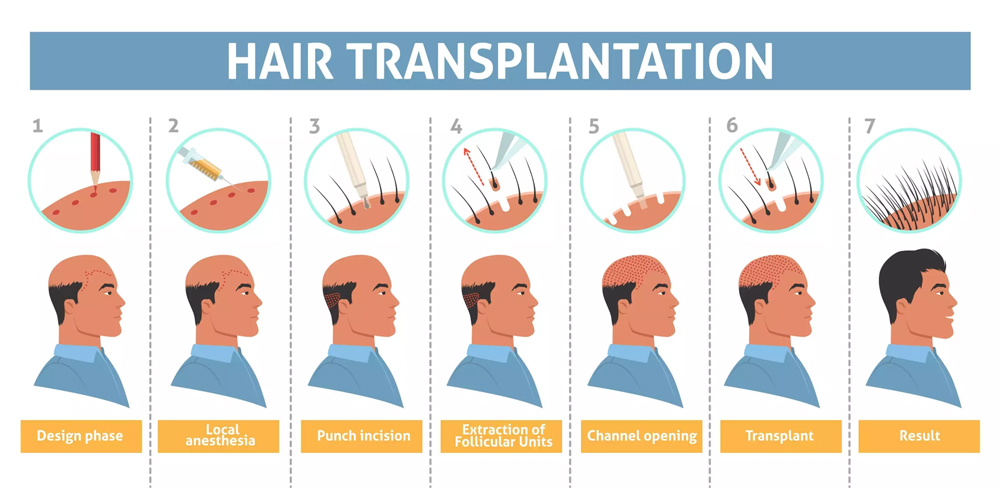
2. Factors Affecting the Permanence of Hair Transplants
2.1. Age and Genetics
One of the most significant factors influencing the permanence of a hair transplant is the patient's age and genetic predisposition to hair loss. Younger patients may experience ongoing hair loss even after a successful transplant, as their remaining hair follicles may still be susceptible to the same conditions that caused their initial hair loss.
- Genetic Predisposition: Genetics play a crucial role in determining how a person’s hair will behave over time. If a patient has a family history of extensive hair loss, they may face challenges in maintaining the results of their hair transplant. The transplanted hair follicles are taken from areas resistant to hair loss, but surrounding hair may continue to thin, leading to an uneven appearance.
- Age Considerations: Age can also impact the effectiveness of a hair transplant. Younger individuals may not have fully developed their hair loss patterns, making it difficult for surgeons to predict how their hair will look in the future. In contrast, older patients may have a clearer understanding of their hair loss trajectory, allowing for more strategic planning during the transplant process.
2.2. Quality of Donor Hair
The quality and density of the donor hair significantly influence the overall success of a hair transplant. Patients with thicker, denser hair in the donor area typically achieve better results than those with finer hair.
- Hair Characteristics: The characteristics of the donor hair, including its texture, color, and curliness, can impact the final aesthetic outcome. For example, curly hair can provide more coverage than straight hair, making it appear fuller. Surgeons often consider these factors when designing a hair restoration plan.
- Density and Availability: The availability of healthy hair follicles in the donor area is another critical factor. If a patient has limited donor hair due to previous hair loss or scarring, achieving optimal results may be challenging. In such cases, surgeons may need to employ advanced techniques or suggest additional procedures to enhance density.
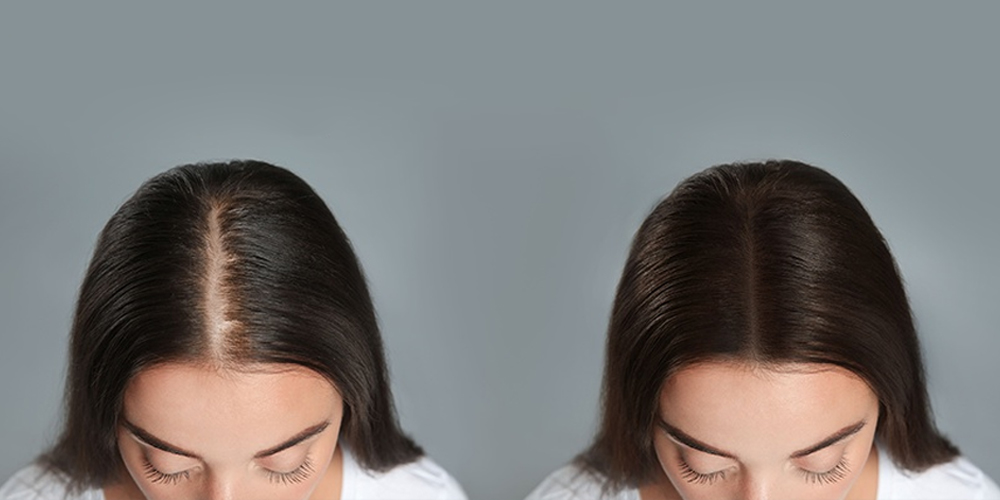
2.3. Post-Operative Care
Proper post-operative care is essential for ensuring the longevity of hair transplant results. Patients must follow their surgeon's instructions regarding wound care, medication, and lifestyle adjustments.
- Wound Care: Keeping the transplant site clean and protected is vital for preventing infections and promoting healing. Patients should avoid touching or scratching the area, which can disrupt the healing process and compromise the integrity of the grafts.
- Medications and Supplements: Surgeons may prescribe medications to reduce inflammation and promote healing. Additionally, some patients choose to take supplements like biotin or minoxidil to support hair growth. Adhering to these recommendations can significantly impact the success of the transplant.
2.4. Lifestyle Factors
Lifestyle choices can also affect the permanence of hair transplants. Factors such as diet, stress levels, and smoking can contribute to hair health and growth.
- Nutrition: A balanced diet rich in vitamins and minerals is essential for maintaining healthy hair. Nutrients like iron, zinc, and omega-3 fatty acids play a crucial role in hair growth. Patients should prioritize a diet that supports overall health to maximize the benefits of their hair transplant.
- Stress Management: Chronic stress can lead to hair loss and hinder the growth of transplanted hair. Implementing stress-reduction techniques such as exercise, meditation, or counseling can help improve overall well-being and support hair health.
3. Common Concerns About Hair Transplant Permanence
3.1. Shedding and Regrowth
One of the most common concerns among patients is the shedding of transplanted hair shortly after the procedure. Many people worry that this indicates failure or impermanence.
- The Shedding Phase Explained: Shedding is a normal part of the hair growth cycle following a transplant. It typically occurs within the first few weeks as the newly implanted follicles adjust to their new environment. This phase can be alarming for patients, but it is essential to understand that it does not signify the failure of the transplant.
- Timeline for Regrowth: After the initial shedding phase, patients can expect to see new hair growth starting around three to six months post-surgery. Full results may take up to 18 months to manifest, so patience is key during this period.
3.2. Longevity of Transplanted Hair
Another concern is whether the transplanted hair will last over the long term. While the transplanted follicles are resistant to hair loss, the surrounding hair may continue to thin.
- Ongoing Hair Loss: Patients should be aware that while the transplanted hair is permanent, they may still experience hair loss in non-transplanted areas. This can lead to an uneven appearance over time, necessitating additional procedures or touch-ups to maintain a natural look.
- Maintenance Strategies: To prolong the life of both transplanted and existing hair, patients can adopt maintenance strategies such as using gentle hair care products, avoiding excessive heat styling, and considering medical treatments like finasteride or minoxidil to prevent further hair loss.
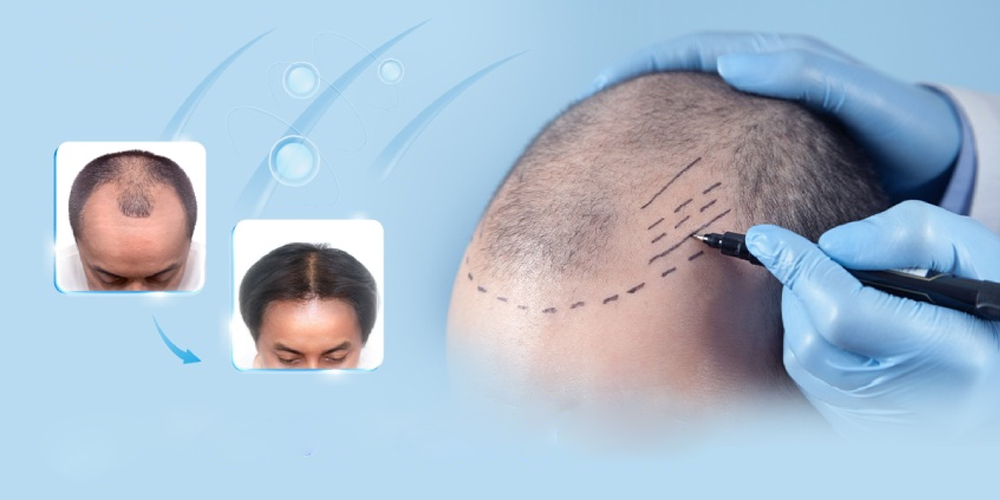
3.3. Cost Considerations
Hair transplant procedures can be expensive, leading many patients to question whether the investment is worth it in the long run.
- Financial Commitment: The cost of a hair transplant varies depending on factors such as the technique used, the extent of hair loss, and the surgeon's expertise. Patients should weigh the financial commitment against the potential benefits of improved self-esteem and confidence.
- Value of Long-Term Results: While the upfront cost may be significant, many patients find that the long-term results justify the investment. Unlike temporary solutions such as wigs or topical treatments, a hair transplant offers a more permanent and natural-looking solution to hair loss.
4. Is A Hair Transplant Permanent?
The follicles that are taken from the donor area are genetically resistant to the hormonal and age-related factors that cause baldness. They retain this characteristic and thus will never fall out once they have taken root in the recipient area. The transplanted follicles continue to grow for a lifetime.
However, it takes time before a hair transplant procedure’s full, permanent results become visible. Here is the general timeline:
- 1 - 4 months: Transplanted hairs will shed and fall out. This is known as “shock loss” and completely normal.
- 4 - 6 months: The follicles enter the anagen (growing) phase. You will notice new hair growth during this time.
- 6 - 12 months: Rapid growth continues, with around 60-80% of new hair regrown by 12 months.
- 12+ months: The transplanted hair will be fully established and stable. Results at this point are permanent.
5. How To Care for A Hair Transplant?
Here are a few ways to properly care for your hair after a transplant:
- Post-operative care: After hair transplant surgery, caring for the new hair follicles is essential. Your surgeon will provide specific guidelines according to your unique situation.
- Taking medication: Studies have shown that Finasteride and Minoxidil can be beneficial for your hair loss, especially after a hair transplant.
- PRP therapy: PRP or platelet rich plasma therapy can help speed up the healing process after a hair transplant. The combination of PRP and a hair transplant can be very beneficial for your hair in the long run.
- Preventative care: To avoid further hair loss, you should avoid smoking as it can lead to further hair loss over time. You should also protect your hair from sun exposure. UV rays can be harmful to newly transplanted hair and skin. You should also try using gentle hair products.
These steps can help preserve your hair after transplant. If you want to know more about hair transplants for your hair type, you can always book a consultation with Aesthetic Hair Restoration.
Conclusion
Hair transplantation can be an effective solution for permanent hair restoration. Hair transplant methods have come a long way in the last twenty years. Surgeons can now use advanced techniques to redistribute hair follicles from one part of the scalp to another.
Unfortunately, hair transplants can not stop hair loss. Therefore, ongoing care is the key to maintaining your original hair and overall health of hair in the long run.
So, is a hair transplant permanent? The final answer is yes. Continuous care and medication can help your hair last a lifetime. If you are considering a hair transplant, you can always look into an affordable hair transplant in Aesthetic Hair Restoration.
LATEST POSTS

